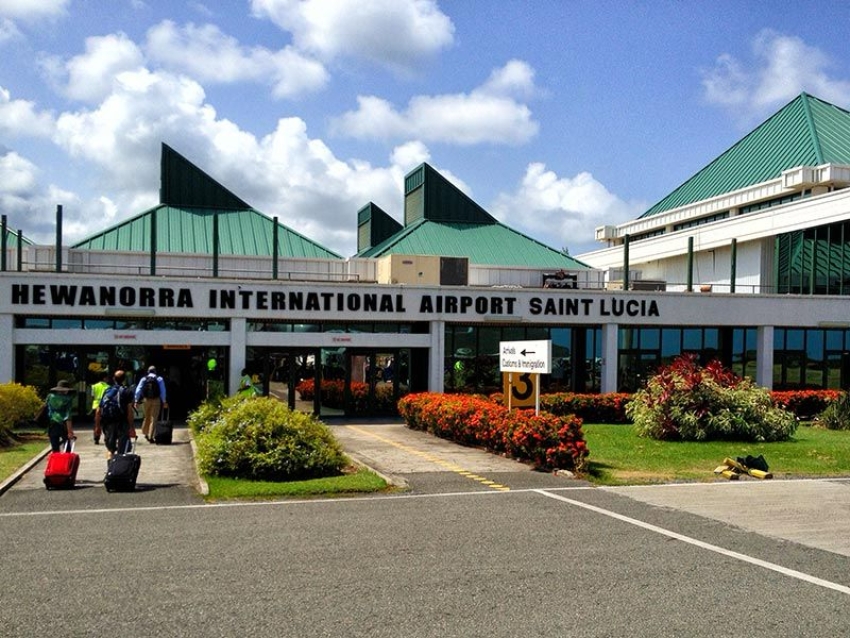Partnered with other regional countries, the HIA Project falls under the broader Regional Air Transport Connectivity Project. According to Air and Sea Ports Authority representatives, these improvements will allow the airport to meet international standards. Against the backdrop of sustainable development, the project will promote environmental conservation.
“The runway is the most important single component of the airport. The HIA runway has a rich history going back 80 years and that's a long time for a runway to be in operation. Times have changed and conditions are different, so there are a number of changes that have to be made to make this runway compliant [with] the standards we have nowadays,” explained Airport Runway Specialist, Johannes Rouf. He says the HIA project is more than just renovating the existing infrastructure, but improving its capacity for more air traffic. “The runway is well worn out, it needs more than a repair. It’s time to…reconstruct parts of the pavement, and do substantial overlays of the area, drains on the side of the runway will have to be reconstructed and rebuilt. The grassy strips around the runway need to be widened so that they are compliant [with international standards].”
Environment and Social Specialist, Shirlene Simmons-James, emphasizes the project’s large-scale consultation with citizens and environmental groups. “The World Bank has begun an implementation of an environmental and social framework, also known as an ESF that started in 2018 and it’s for all investments by the Bank. It protects people and it protects the environment. It’s not just taking one component, but looking at people, getting their views and protecting them. It’s key to get their perspective.”
Since being granted the authorisation to resume the Airport Redevelopment Project in early September, SLASPA has been embarking on a public education campaign and stakeholder consultations. The first phase of this project is the construction of an air traffic control tower, which will modernise the airport’s ability to regulate air traffic.
This reconstruction faced major delays when in 2016, a globally tendered Public-Private Partnership by the IFC of the World Bank was broken, leaving Saint Lucians to pay a fee of USD 1 million. The Chastanet-led administration instead undertook a loan that would accumulate debt to taxpayers of over $1 billion.


